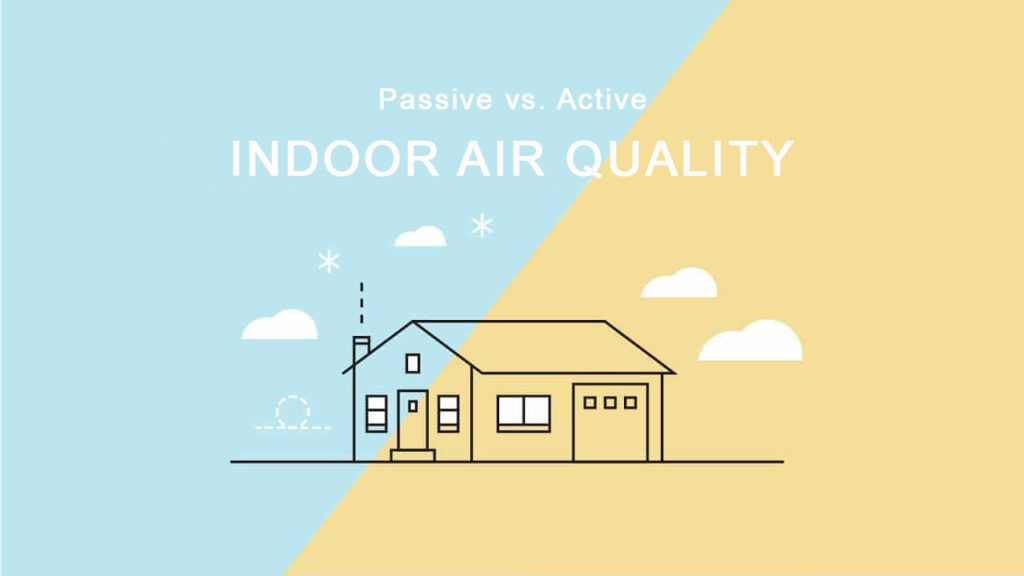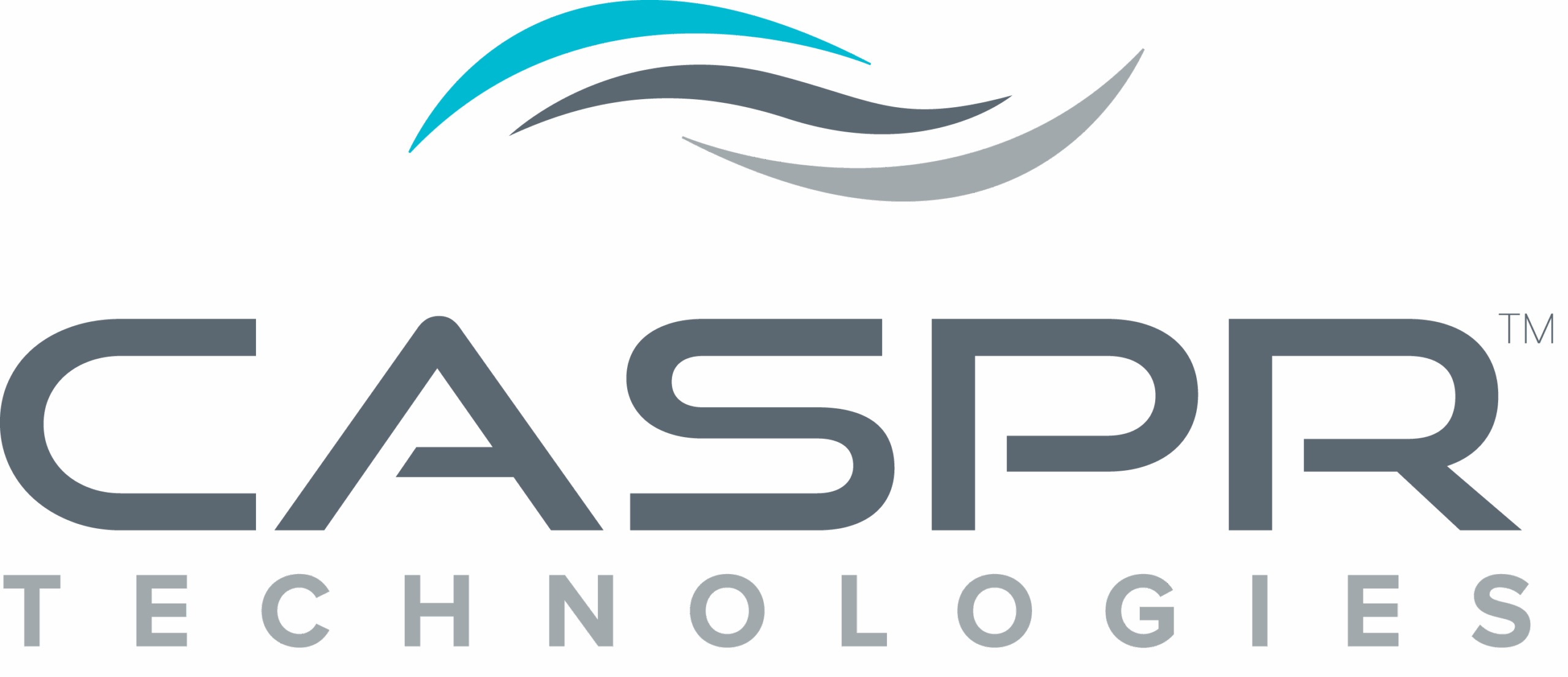Designing for Indoor Air Quality: VOCs, Particulate Matter, and Pathogens

The Indoor Air Quality Challenges of Exhibition Spaces During a recent visit to a large convention center, I spoke with the engineering team about their indoor air quality challenges. One engineer highlighted a unique issue: installing thousands of yards of new carpet for exhibitions leads to significant VOC surges. We explored solutions ranging from temporary […]
Active vs. Passive: Which Approach Wins the Indoor Air Quality Battle?

When faced with a physical confrontation, there are two instinctive choices: stand your ground and engage or create distance and defend. This same dynamic plays out in the ongoing battle of bettering indoor air quality (IAQ), where we can choose between either a passive or an active approach to air purification. Which approach are you […]
